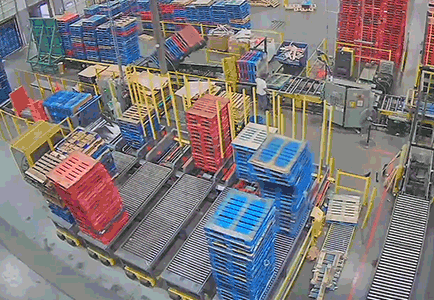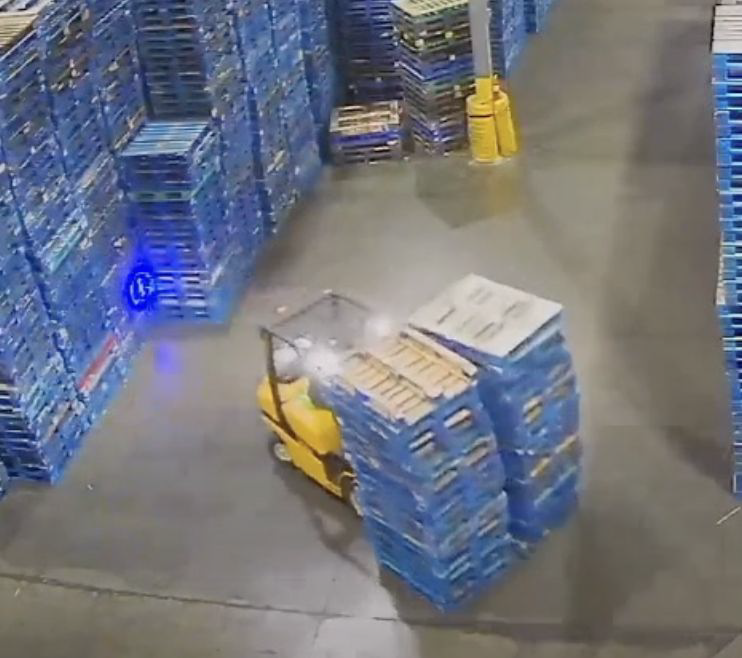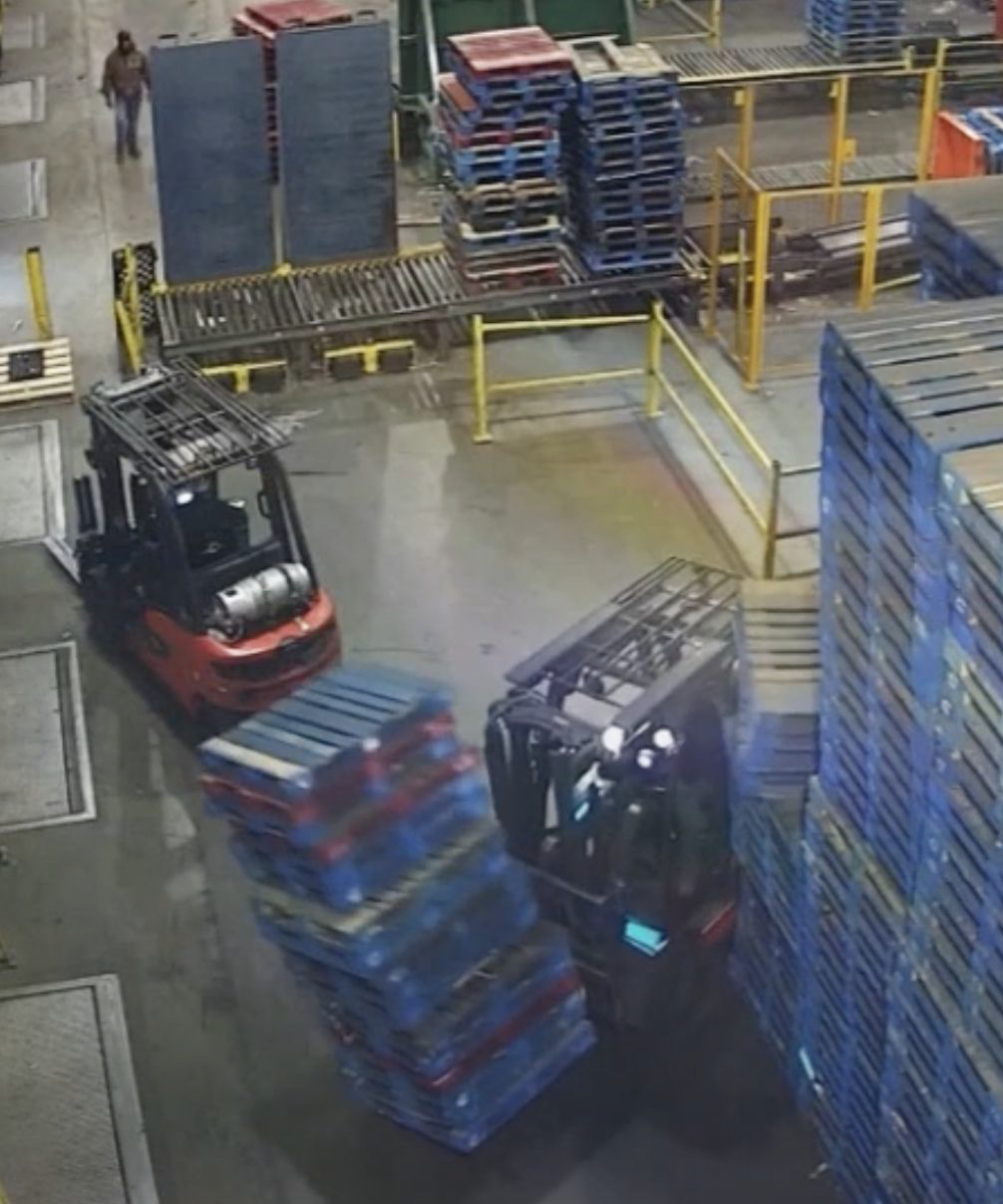Harnessing AI to Transform Broker Relationships and Elevate Client Satisfaction
Propak provides pallet management solutions to customers, including packaging, transporting, sorting, storing, repairing, and recycling, with more than 50 locations throughout North America. Their Mira Loma, California location was experiencing elevated risk exposures.
The management team was aware of hazards related to cargo falling, the types of accidents within the facility, and near misses of employees, but they did not know how frequently the hazards were occurring or the best way to address them.




